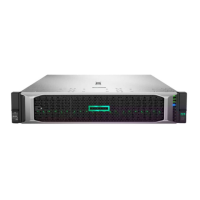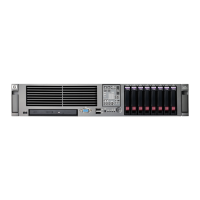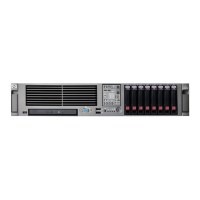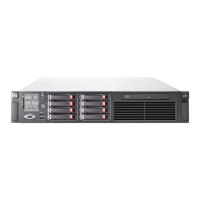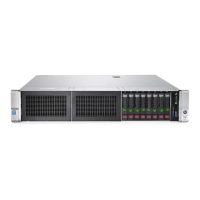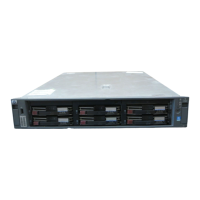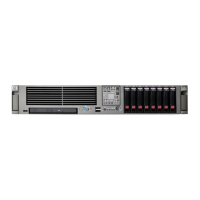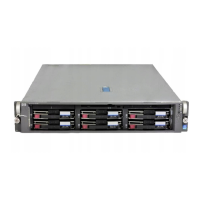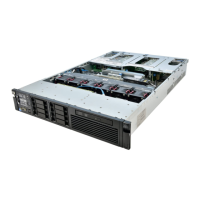3.40 Removing and replacing the 3 LFF rear drive backplane
3.41 Removing and replacing a rear serial port interface (primary/secondary)
3.42 Removing and replacing a rear serial port interface (tertiary riser)
3.43 Removing and replacing an SFF power switch module
3.44 Removing and replacing an LFF chassis ear with power/UID
3.45 Removing and replacing an SFF standard chassis ear
3.46 Removing and replacing a GPU enablement board
3.47 Removing and replacing a DIMM
3.47.1 DIMM-processor compatibility
3.48 Removing and replacing an NVDIMM
3.48.1 NVDIMM-processor compatibility
3.48.2 DIMM and NVDIMM population information
3.48.3 NVDIMM sanitization
3.48.4 NVDIMM relocation guidelines
3.48.5 Recovering restored data from an NVDIMM-N DRAM
3.48.6 Configuring the server for NVDIMMs
3.49 Removing and replacing a persistent memory module
3.49.1 Persistent memory module-processor compatibility
3.49.2 Configuring the server for Intel Optane persistent memory 100 series for HPE
3.49.3 Persistent memory module relocation guidelines
3.49.4 Persistent memory module sanitization
3.50 Removing and replacing an energy pack
3.51 Removing and replacing a type -a Smart Array Controller
3.52 Removing and replacing the system battery
3.53 Removing and replacing the system board
3.53.1 Re-entering the server serial number and product ID
3.53.2 Restoring logical NVDIMMs after system board replacement
3.54 HPE Trusted Platform Module 2.0 Gen10 Option
4 Troubleshooting
4.1 Troubleshooting resources
5 Diagnostic tools
5.1 Product QuickSpecs
5.2 UEFI System Utilities
5.2.1 Selecting the boot mode
5.2.2 Secure Boot
5.2.3 Launching the Embedded UEFI Shell
5.3 Intelligent Provisioning
5.3.1 Intelligent Provisioning operation
5.4 HPE Insight Remote Support
5.5 USB support
5.5.1 External USB functionality
5.6 HPE Smart Storage Administrator
5.7 HPE MR Storage Administrator
5.8 HPE InfoSight for servers
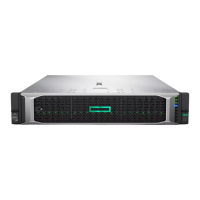
